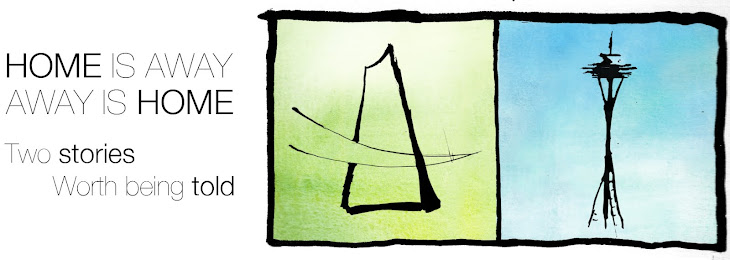This week Jeff Bezos jumped up being third richest person in US. Warren Buffet is in between him and Bill Gates, who is number one.
And this week Jeff Bezos jumped up being the fifth richest person in the world. Bill Gates is number one. I am not sure if I am to congratulate Seattle or not.
I remember a hilariously funny show, a typical Seattle moldy basement show, somewhere around the Millennium. It was a one man show. The man was Mike Daisey. He had worked at the by then still fairly new company Amazon.com for some years but was now out of the cubicle. He also wrote a book, “21 dog years, a cube dweller’s tale”.
Ironically (as the book isn’t making the company looking good) I am finding it on Amazon:
In 1998, when Amazon.com began to recruit employees, they gave temp agencies a simple directive: send us your freaks. Mike Daisey -- slacker, onetime aesthetics major -- fit the bill. His subsequent ascension, over the course of twenty-one dog years, from lowly temp to customer service representative to business development hustler is the stuff of both dreams and nightmares. Here, with lunatic precision, Daisey describes lightless cube farms in which book orders were scrawled on Post-its while technicians struggled to bring computers back online, as well as fourteen-hour days fueled by caffeine, fanaticism, and illicit day-trading from office desks made out of doors.
In the show, Mike is sitting with a plain light bulb above is head in a dark basement room at a desk made by an old door on two trestles, because that’s what an Amazon desk looked like those days. Bring some slackers in, add beat up doors and trestles, give them a phone, a stack of Post it and sell some books from this under ground thing we created!
What I remember the most from the show is what happened when Mike Daisy was looking for job, post his Amazon years. Because of Amazon in his CV he was offered high end job he had neither experience from or skills for. It’s ridiculous, he said, the only thing I did was sit at a desk writing down orders from people buying books!
So, this has been my image of Amazon. A dark dump basement. It’s hard to grasp the development from 1994 only in Seattle, where Amazonians now occupy 14 shiny buildings at the new South Lake Union campus in the middle of Seattle. In the next five years Amazon will have 10 million square feet (about 1 million square meters) of office space in Seattle. That's enough for more than 71,000 employees. And they have certainly moved up from the basement.
A New York Times article this summer investigated the work conditions at Amazon. Employes aren’t allowed to talk to media, but former “Amabots” testified people crying out of exhaustion at their desks, putting in inhuman numbers of hours a week. The article describes coldhearted bosses, annual staff cuts described as “purposeful Darwinism” and grueling hours for burnt-out employees.
I remember similar things said about Microsoft at my first Seattle stay in 1993. Important meeting scheduled after hours and weekends so that people having started families would get the hint they weren’t preferred anymore. And I myself have been on Microsoft campus in Redmond on a Swedish National Radio story, carefully guarded not to speak with anyone who wasn’t on my in before hand approved list.
For me, who only know Seattle since 1993, Microsoft has always been there, and it’s hard to imagine what the city had been without it and without Bill Gates. A man who was equally loved/hated until he turned respected and even admired.

No comments:
Post a Comment